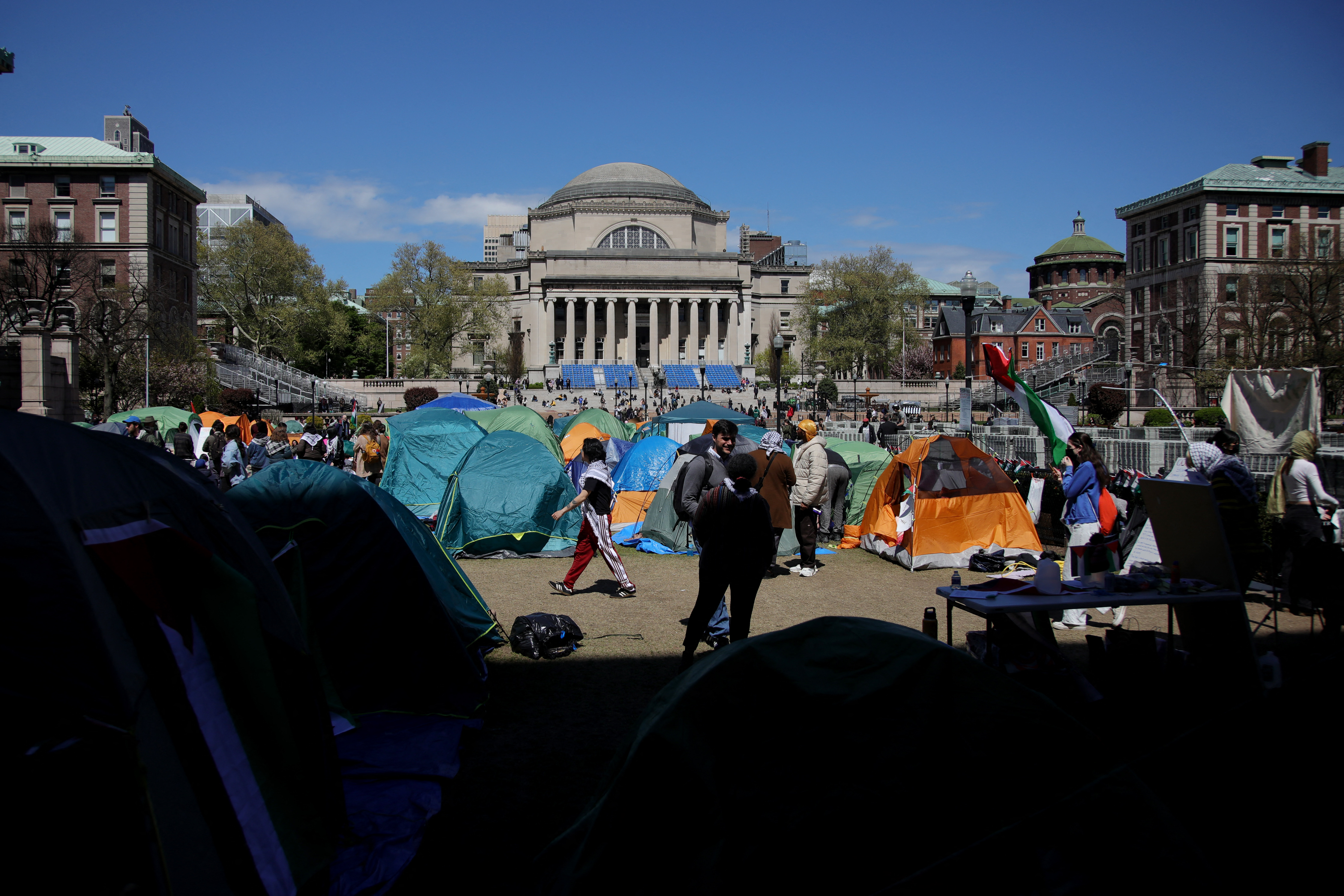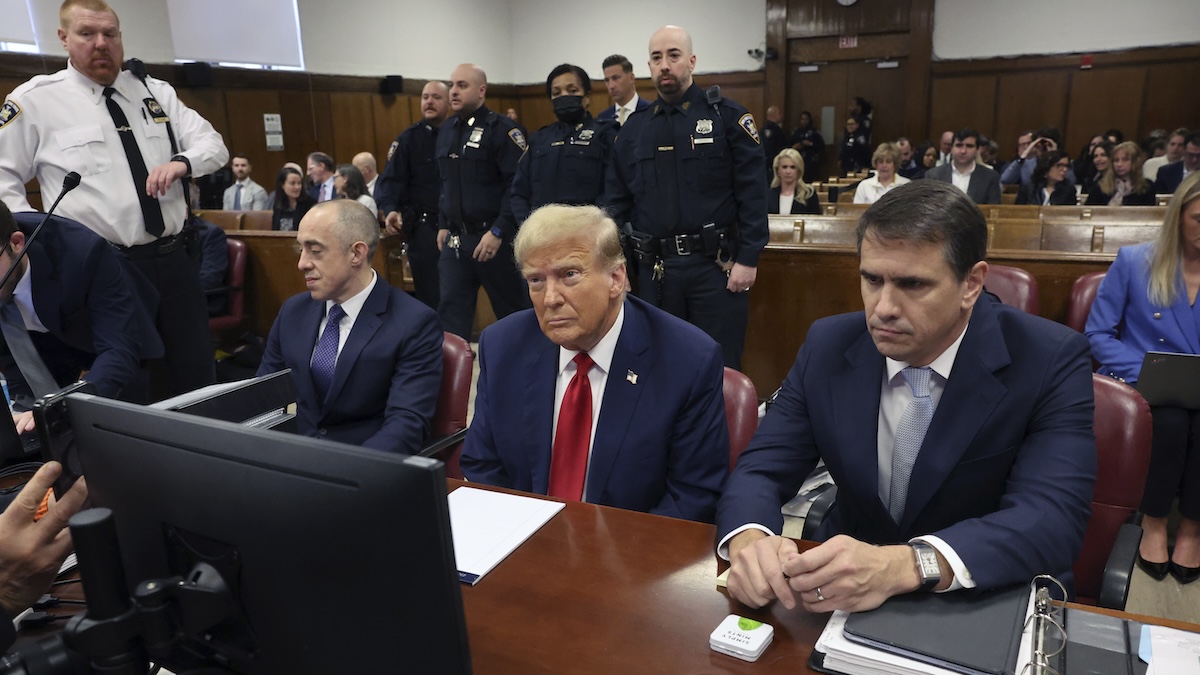Contactless transactions via smartphone may be the way of the future for the MTA, but thousands of New Yorkers every day still put money on their MetroCard to use the subway, many of them using cash to do so.
After putting in the cash, riders get their cards from the machine and make their way through the turnstile to get wherever they're trying to go — but where do those dollars and coins go?
It all ends up in an armored truck, and then gets brought to the transit agency's money room: A fortress-like warehouse at a secret location in Queens, where 31 bills per second can be counted. Before the pandemic, $35 million a week was processed there; amid COVID times, it's closer to $10 million.
NBC New York got an exclusive look inside the money room on Thursday, a place where few cameras have been ever allowed inside. The cash comes from MetroCard machines and MTA buses throughout the city, with stacks of cash and piles of coins throughout (one pile of quarters was worth $50,0000).
Get Tri-state area news and weather forecasts to your inbox. Sign up for NBC New York newsletters.
While the pandemic may have cost the MTA a big chunk of cash, the folks who work inside the money room are still regularly handling millions of dollars.
"You'd be surprised — there's still plenty of folks who still like to use cash," said Al Putre, New York City's Chief Revenue Officer.
He's the inspiration for the Robert Blake character in the 1995 movie "The Money Train," which was based off the real trains that at one time ran on secret tunnels in order to get the money to the secure room. Putre told NBC New York that he makes sure "nobody messes with my money train," and that nobody messes with the money room as well.
News
"The place was built around federal reserve standards," he said, describing what is essentially the MTA's version of Fort Knox. "And pre-pandemic, we processes a billion dollars a year here."
In recent weeks, there are some signs of hope that things may go back to normal. The stacks of $1, $5 and $10 bills have been getting a little fatter, after many lean months.
But another dip may be on the horizon. Just as the token gave way to the MetroCard a couple decades ago, soon all commuters will use OMNY, the tap-and-go system that's similar to an E-ZPass.
That move will make cash less necessary than it is today, but even then the MTA's money man — who is retiring Friday after having started with the agency 34 years ago, in 1987 — maintains: "There will always be a role for cash."



